Home>Furniture & Design>Outdoor Furniture>How To Build An Outdoor Fireplace
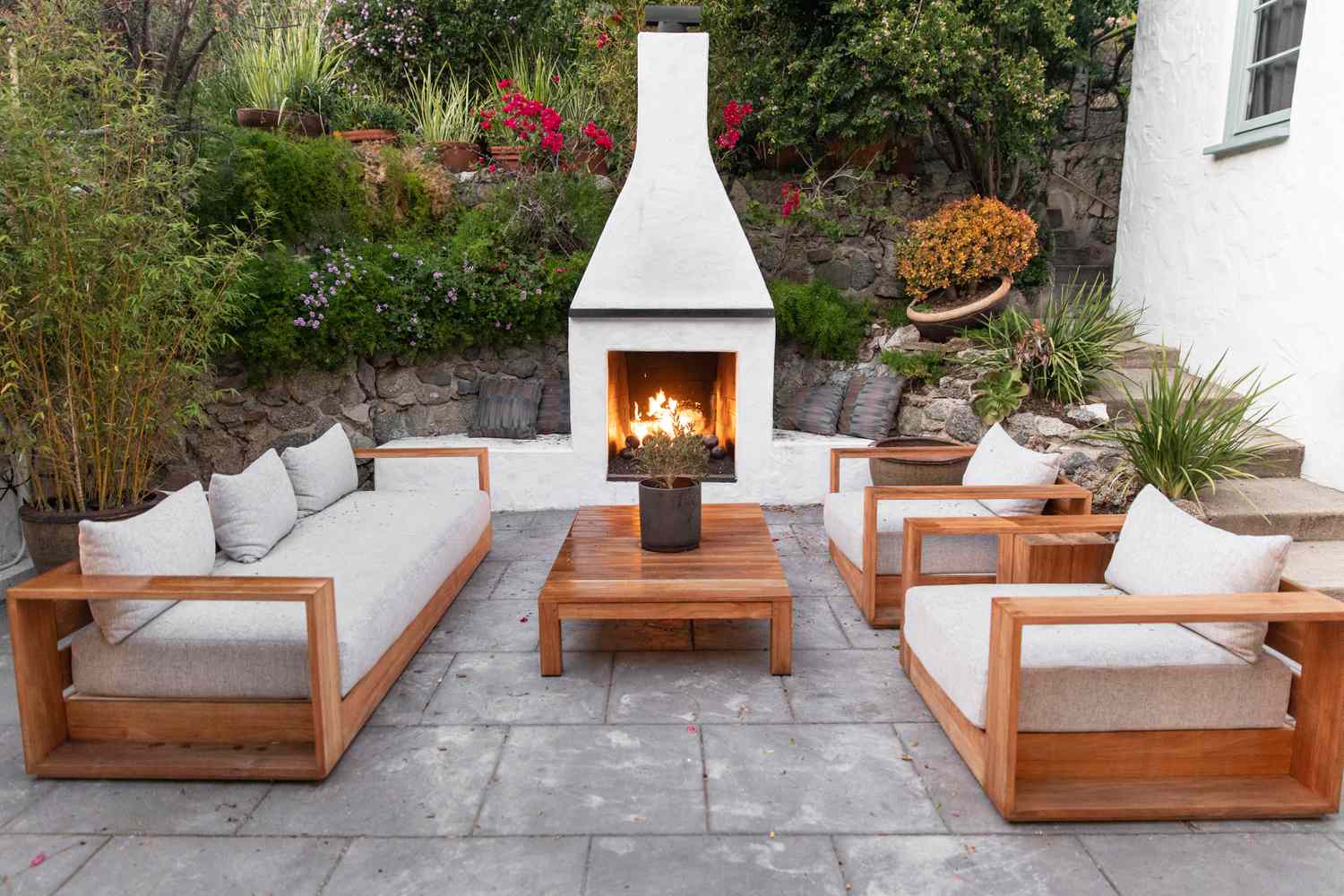

Outdoor Furniture
How To Build An Outdoor Fireplace
Modified: February 17, 2024
Learn how to build an outdoor fireplace to enhance your outdoor living space. Discover the best outdoor furniture, design ideas, and tips for creating a cozy and inviting atmosphere.
(Many of the links in this article redirect to a specific reviewed product. Your purchase of these products through affiliate links helps to generate commission for Storables.com, at no extra cost. Learn more)
Introduction
Are you dreaming of cozy evenings spent outdoors, gathered around a crackling fire with your loved ones? Building an outdoor fireplace can transform your backyard into a welcoming haven for relaxation and entertainment. Whether you envision a traditional stone hearth or a modern, sleek design, creating an outdoor fireplace is an exciting project that can add both aesthetic charm and functional warmth to your outdoor living space.
In this comprehensive guide, we will walk through the essential steps and considerations for building an outdoor fireplace. From initial planning and design to safety considerations, we will cover everything you need to know to embark on this rewarding endeavor. So, roll up your sleeves and get ready to embark on a journey to create a captivating outdoor focal point that will elevate your outdoor living experience.
Key Takeaways:
- Planning and Design
Careful planning and creative design are crucial for building an outdoor fireplace. Consider the style, materials, and location to create a captivating focal point that enhances your outdoor living space. - Safety and Enjoyment
Prioritize safety measures and compliance with local regulations when building an outdoor fireplace. Enjoy the warmth and allure of the fireplace while creating lasting memories with family and friends.
Read more: How To Build An Outdoor Gas Fireplace
Planning and Design
Before diving into the construction of your outdoor fireplace, careful planning and thoughtful design are crucial. Start by envisioning the style and functionality you desire. Consider whether you prefer a traditional wood-burning fireplace, a gas-powered unit, or a versatile hybrid model. Each option offers distinct benefits, so it’s essential to weigh the pros and cons based on your specific needs and preferences.
Next, sketch out the layout of your outdoor space, taking into account the fireplace’s placement in relation to seating areas, prevailing winds, and potential obstructions. This step is vital for optimizing the fireplace’s functionality and ensuring that it becomes a natural focal point in your outdoor living area.
When it comes to design, explore various materials and styles to find the perfect fit for your outdoor fireplace. Whether you opt for the rustic charm of natural stone, the clean lines of concrete, or the warmth of brick, the material you choose will greatly influence the overall aesthetic of the fireplace. Additionally, consider incorporating complementary elements such as built-in seating, mantels, or integrated wood storage to enhance both the visual appeal and practicality of the fireplace.
Furthermore, consulting with a professional designer or architect can provide valuable insights and help you refine your vision. They can offer guidance on structural considerations, local building codes, and best practices for achieving a safe and visually striking outdoor fireplace.
By investing time in meticulous planning and creative design, you can ensure that your outdoor fireplace aligns with your lifestyle, complements your outdoor space, and becomes a cherished feature that enhances your outdoor gatherings for years to come.
Choosing the Right Location
When selecting the location for your outdoor fireplace, several factors should influence your decision. First and foremost, consider the prevailing wind direction to minimize smoke drift and ensure a comfortable seating area. Additionally, take into account the proximity to your home, outdoor dining areas, and any structures or landscaping features that could impact the fireplace’s visual appeal and functionality.
It’s essential to create a seamless flow between your outdoor living spaces, so the fireplace should be strategically positioned to serve as a natural focal point while allowing for easy circulation and unobstructed views. Whether you envision a central fireplace that anchors your outdoor seating area or a more secluded nook for intimate gatherings, thoughtful placement is key to maximizing the fireplace’s impact.
Furthermore, consider the fire hazard and clearance requirements stipulated by local building codes and regulations. Maintaining a safe distance from combustible materials, such as overhanging branches or wooden structures, is paramount for safeguarding your property and ensuring the longevity of your outdoor fireplace.
Lastly, assess the ground conditions and accessibility of the chosen location. Ensure that the ground is level and stable, as this will facilitate the construction process and contribute to the fireplace’s structural integrity. Additionally, easy access for transporting materials and accommodating construction equipment should be taken into consideration to streamline the building process.
By thoughtfully evaluating these factors and carefully selecting the optimal location for your outdoor fireplace, you can create a captivating and functional outdoor living space that beckons you to unwind and savor the warmth of the flames in comfort and style.
Gathering Materials and Tools
Embarking on the construction of an outdoor fireplace requires a comprehensive array of materials and tools to ensure a smooth and successful building process. The specific materials and tools needed will depend on the design, size, and chosen construction method of your fireplace. However, some fundamental elements are universally essential for most outdoor fireplace projects.
When it comes to materials, consider the primary components of the fireplace, such as firebrick, refractory mortar, concrete blocks or stones, and a sturdy steel or iron grate. These materials form the foundation and firebox of the fireplace, providing the structural support and heat resistance necessary for safe and efficient operation.
In addition to the core building materials, you will need an assortment of tools to facilitate the construction process. Essential tools typically include a level, tape measure, masonry trowel, masonry saw, spirit level, and a sturdy wheelbarrow for transporting heavy materials. Depending on the complexity of your design, you may also require specialized tools such as a wet saw for cutting stone or a concrete mixer for preparing mortar.
Furthermore, safety equipment, such as heavy-duty work gloves, protective eyewear, and a dust mask, is crucial for safeguarding yourself during the construction phase. Prioritize the acquisition of high-quality materials and tools, as they are pivotal in ensuring the durability, functionality, and visual appeal of your outdoor fireplace.
Before commencing the construction, take inventory of the required materials and tools, and ensure that you have everything on hand to avoid unnecessary delays. By meticulously gathering the necessary materials and tools, you can set the stage for a seamless and rewarding construction experience that brings your outdoor fireplace vision to life.
Building the Foundation
The foundation of your outdoor fireplace serves as the cornerstone of its structural integrity and longevity. Whether you opt for a concrete slab, a raised platform, or a traditional footing and masonry foundation, the construction of a solid and level base is essential for the stability and safety of your fireplace.
Start by marking the perimeter of the foundation, ensuring that it aligns with the dimensions and layout of your fireplace design. Excavate the marked area to the specified depth, removing any debris and ensuring a level base for the foundation. If you live in an area prone to frost, consider the frost line when determining the depth of the foundation to prevent potential shifting or cracking caused by ground movement.
Next, prepare the formwork to contain the concrete for the foundation. Use sturdy boards and stakes to create a frame that matches the dimensions of the foundation, ensuring that it is perfectly level and square. Once the formwork is in place, pour and level the concrete, taking care to eliminate air pockets and achieve a smooth, even surface.
After allowing the concrete to cure according to the manufacturer’s recommendations, you can proceed with building the firebox and chimney structure on the solid foundation. Whether constructing a traditional masonry fireplace or assembling a pre-fabricated unit, the foundation provides the essential support and stability for the entire fireplace assembly.
Throughout the foundation construction process, meticulous attention to detail and adherence to best practices are paramount. By investing the necessary time and effort into building a robust and level foundation, you can ensure that your outdoor fireplace stands the test of time, providing warmth, beauty, and enduring enjoyment for countless seasons to come.
When building an outdoor fireplace, make sure to use fire-resistant materials such as brick or stone to ensure safety and durability.
Read more: How To Build An Outdoor Fireplace On A Patio
Constructing the Fireplace
With the foundation in place, the construction of the fireplace itself can commence, bringing your vision of a captivating outdoor gathering space one step closer to reality. Whether you opt for a traditional brick or stone fireplace, a sleek and modern concrete design, or a pre-fabricated unit, the construction process requires precision, patience, and a keen eye for detail.
If you are building a masonry fireplace from scratch, start by laying the firebrick to form the firebox, ensuring a sturdy and heat-resistant enclosure for the flames. The use of refractory mortar is crucial for withstanding the intense heat generated by the fire, so take care to apply it generously and evenly between the firebrick courses.
As the firebox takes shape, attention can turn to the construction of the chimney and smoke chamber. Whether utilizing clay flue liners, concrete blocks, or other suitable materials, the chimney and smoke chamber should be meticulously assembled to facilitate proper draft and efficient smoke evacuation.
For those opting for a pre-fabricated fireplace unit, carefully follow the manufacturer’s instructions for assembly, ensuring that all components are securely and correctly installed. Adhering to the provided guidelines is crucial for guaranteeing the safe and effective operation of the pre-fabricated fireplace.
Throughout the construction process, maintain a keen focus on alignment, levelness, and structural integrity. Regularly check for plumb and level to ensure that the fireplace takes shape with precision and stability. Whether working with masonry or pre-fabricated components, attention to detail is key to achieving a visually stunning and functionally reliable outdoor fireplace.
By approaching the construction process with care and precision, you can bring your outdoor fireplace to life, creating a captivating focal point that beckons you to gather around its warmth and bask in the enchanting ambiance of your outdoor living space.
Finishing Touches
As the construction of the outdoor fireplace nears completion, attention turns to the finishing touches that will elevate its visual appeal and functionality. From aesthetic enhancements to practical features, these final details play a pivotal role in transforming the fireplace into a captivating and inviting focal point in your outdoor living space.
One of the most impactful finishing touches is the selection of a mantel or capstone to crown the fireplace. Whether crafted from natural stone, reclaimed wood, or a sleek, contemporary material, the mantel provides a platform for displaying decor, creating ambiance, and adding a touch of personal style to the fireplace.
Consider incorporating built-in seating or hearth extensions to enhance the functionality and comfort of the fireplace area. These additions not only provide convenient seating for gatherings but also contribute to the overall cohesiveness and charm of the outdoor living space.
Furthermore, integrating lighting features such as sconces, string lights, or recessed lighting can extend the fireplace’s usability into the evening hours while creating a captivating ambiance. Thoughtfully positioned lighting enhances the visual allure of the fireplace and ensures a warm and inviting atmosphere for nighttime gatherings.
For wood-burning fireplaces, the inclusion of a firewood storage area or niche adds both practicality and visual interest to the fireplace ensemble. Incorporating a designated space for storing firewood ensures that fuel is readily accessible while contributing to the rustic charm of the fireplace setting.
Finally, landscaping and hardscaping elements such as planters, pavers, and outdoor furnishings can complement the fireplace, creating a cohesive and inviting outdoor living area. Thoughtfully curated landscaping enhances the natural beauty of the fireplace surroundings, creating a harmonious and visually striking outdoor retreat.
By attending to these finishing touches, you can infuse your outdoor fireplace with character, functionality, and aesthetic allure, culminating in a captivating and inviting focal point that beckons you to savor the warmth and ambiance of your outdoor living space.
Safety Considerations
Ensuring the safety of your outdoor fireplace is paramount for the well-being of your property and those who gather around it. By incorporating essential safety measures and adhering to best practices, you can enjoy the warmth and allure of your outdoor fireplace with peace of mind.
First and foremost, familiarize yourself with local building codes and regulations pertaining to outdoor fireplace construction and operation. Compliance with these guidelines is crucial for safeguarding your property and ensuring that the fireplace is structurally sound and meets safety standards.
Proper ventilation and smoke evacuation are essential for the safe operation of your outdoor fireplace. Adequate chimney height, proper flue sizing, and a well-designed smoke chamber are crucial for facilitating efficient smoke dispersion and minimizing the risk of backdrafts or smoke accumulation in the outdoor living space.
When using a wood-burning fireplace, exercise caution and adhere to safe burning practices. Use only seasoned hardwoods, and avoid burning treated lumber, plastics, or other materials that can release toxic fumes. Additionally, always keep a fire extinguisher, a bucket of sand, or a garden hose nearby to address any unforeseen flare-ups or embers that may escape the firebox.
Regular maintenance and inspections are imperative for ensuring the continued safety and functionality of your outdoor fireplace. Schedule annual chimney and flue inspections to assess for any obstructions, damage, or creosote buildup that could compromise the fireplace’s performance and safety.
Lastly, establish clear guidelines for the safe operation and supervision of the fireplace, especially when children or pets are present. Educate family members and guests about the proper use of the fireplace, including the importance of maintaining a safe distance and exercising caution around the fire.
By prioritizing safety considerations and implementing prudent safety measures, you can create an outdoor fireplace that not only captivates with its warmth and allure but also provides a safe and secure focal point for cherished gatherings and relaxation.
Conclusion
Building an outdoor fireplace is a transformative endeavor that adds warmth, charm, and a touch of magic to your outdoor living space. From the initial planning and design stages to the final finishing touches, each step of the construction process contributes to creating a captivating focal point that beckons you to unwind, connect with loved ones, and savor the simple pleasures of outdoor living.
Throughout this journey, careful consideration of design elements, meticulous construction, and unwavering attention to safety are essential for bringing your outdoor fireplace vision to life. Whether you opt for a traditional, rustic hearth or a modern, sleek design, the result is a captivating feature that enhances the beauty and functionality of your outdoor retreat.
As you bask in the glow of the crackling flames and savor the enchanting ambiance of your outdoor fireplace, you’ll find that it becomes more than just a gathering spot – it becomes a cherished centerpiece that fosters unforgettable moments and creates lasting memories with family and friends.
So, as you embark on the journey of building an outdoor fireplace, embrace the creativity, craftsmanship, and joy that this project entails. Let your outdoor fireplace become a symbol of warmth, togetherness, and the simple pleasures of outdoor living, enriching your life and creating a welcoming haven for relaxation and connection.
With each flicker of the flames and every shared story around the fire, your outdoor fireplace will stand as a testament to the beauty of craftsmanship, the allure of outdoor living, and the timeless tradition of gathering around a crackling fire under the open sky.
Frequently Asked Questions about How To Build An Outdoor Fireplace
Was this page helpful?
At Storables.com, we guarantee accurate and reliable information. Our content, validated by Expert Board Contributors, is crafted following stringent Editorial Policies. We're committed to providing you with well-researched, expert-backed insights for all your informational needs.
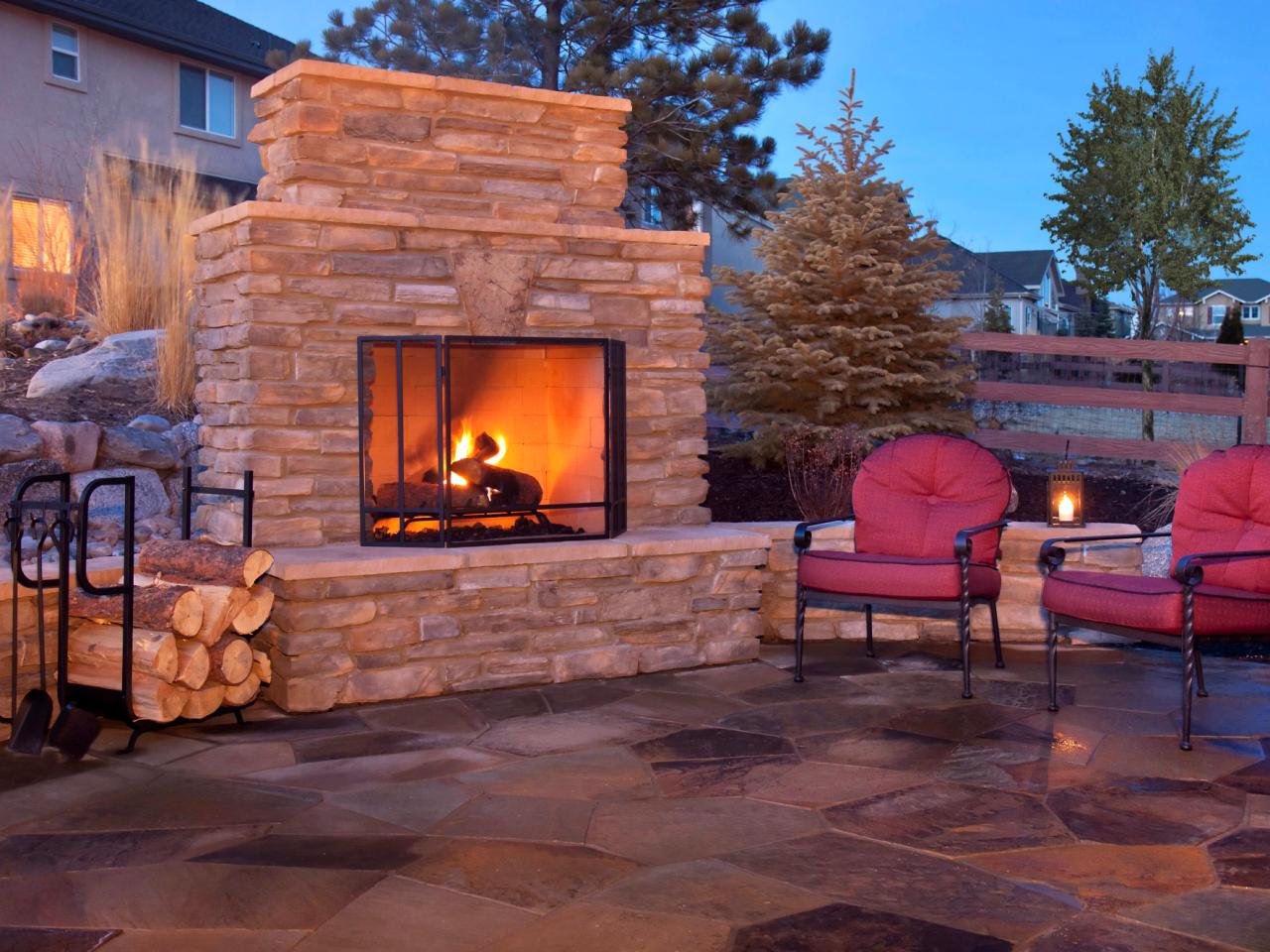
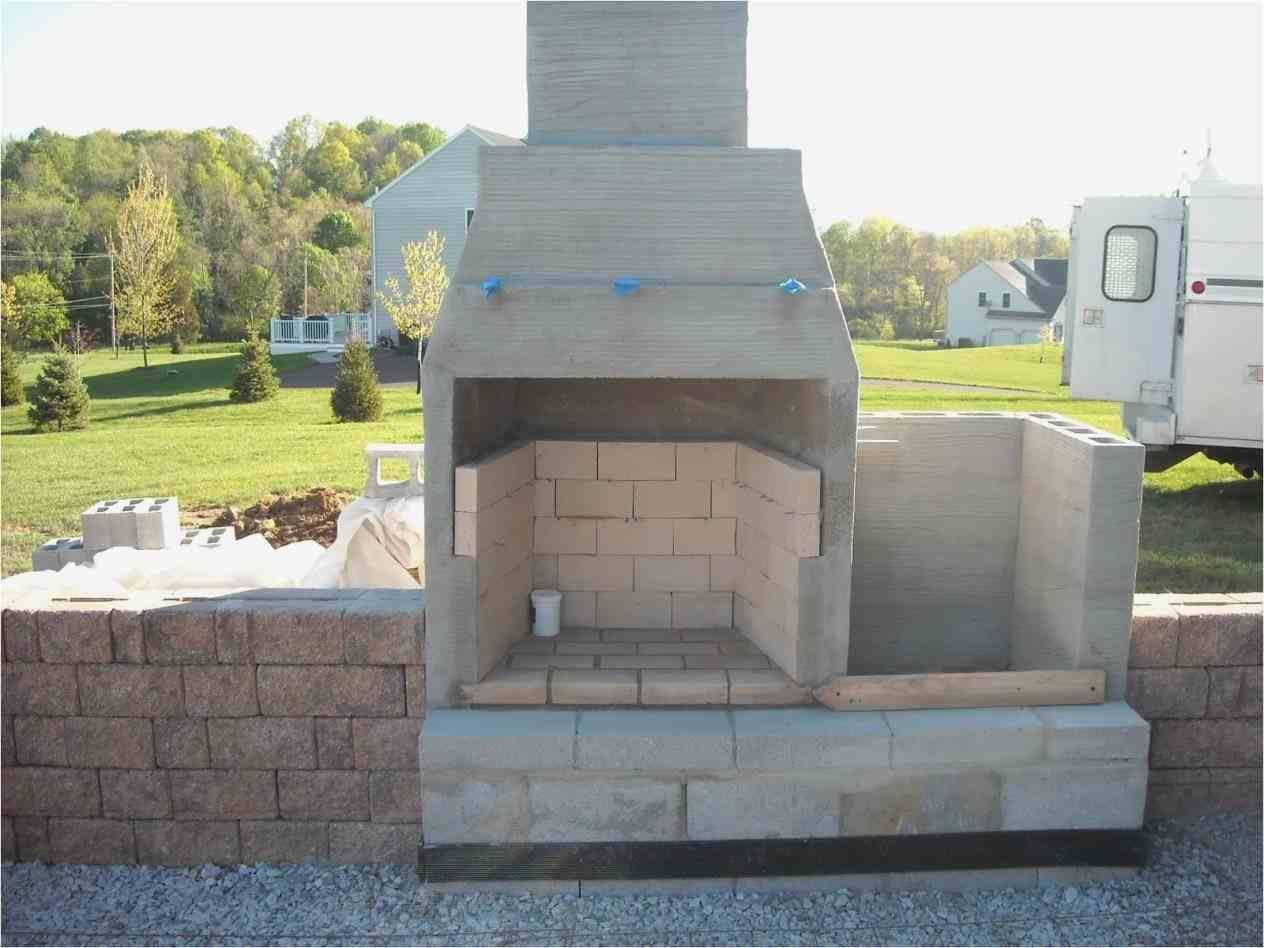
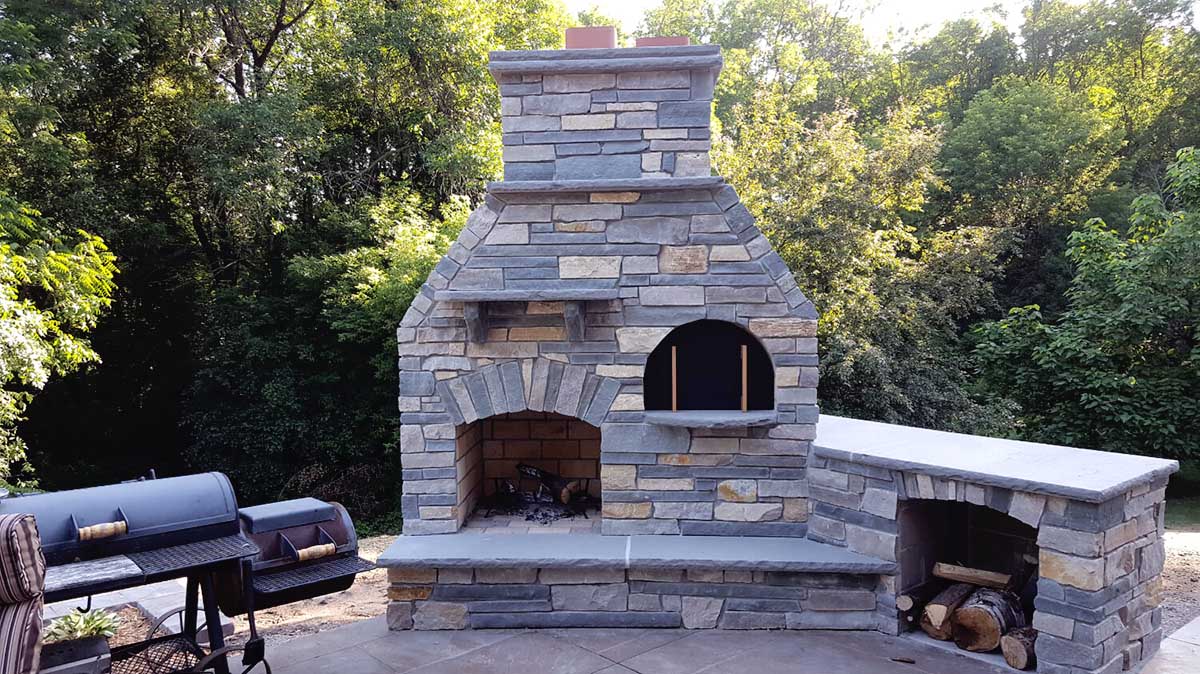
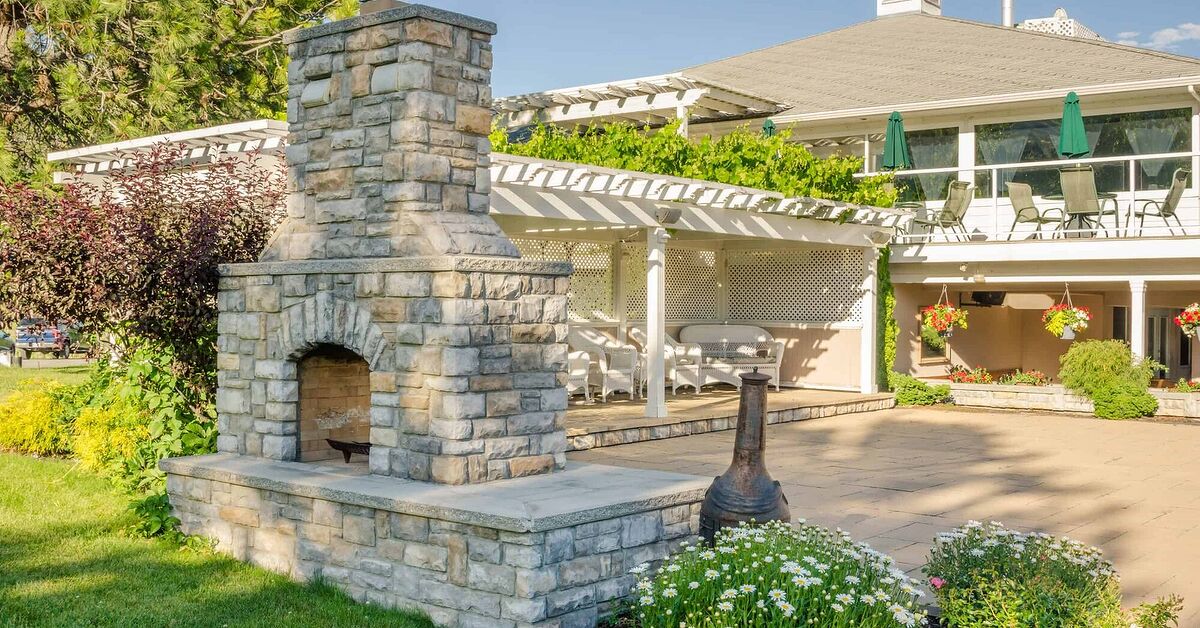
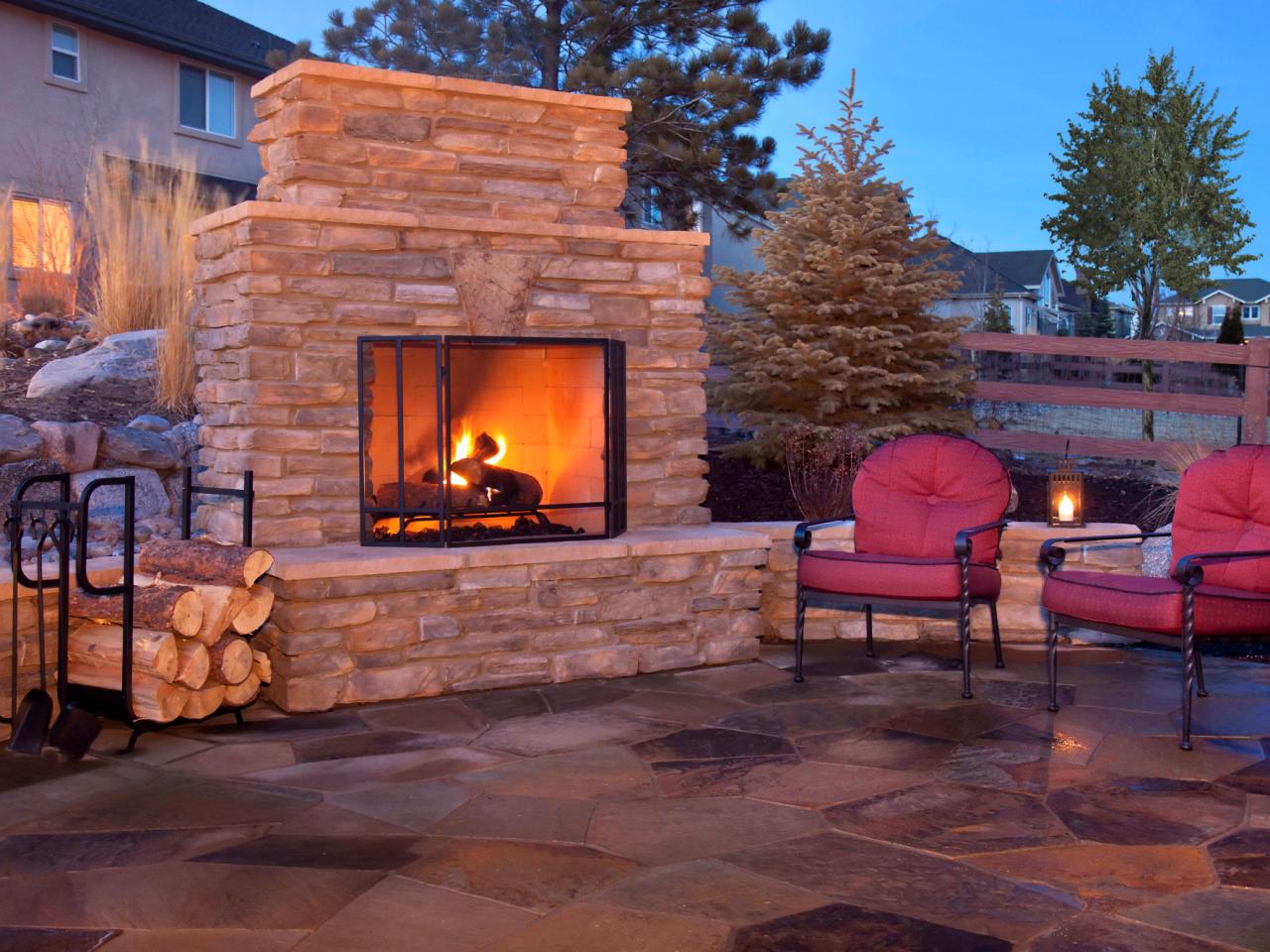
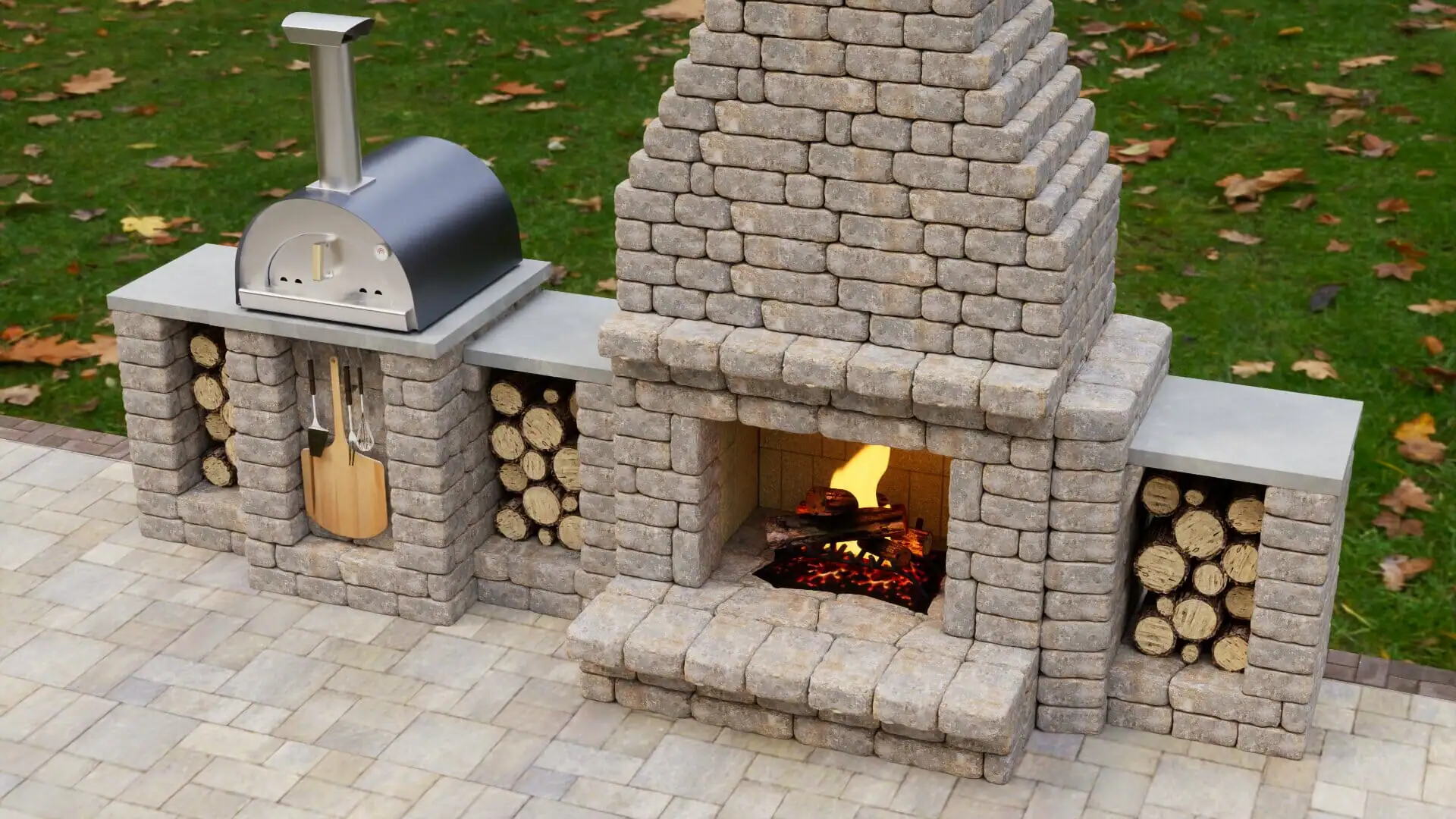
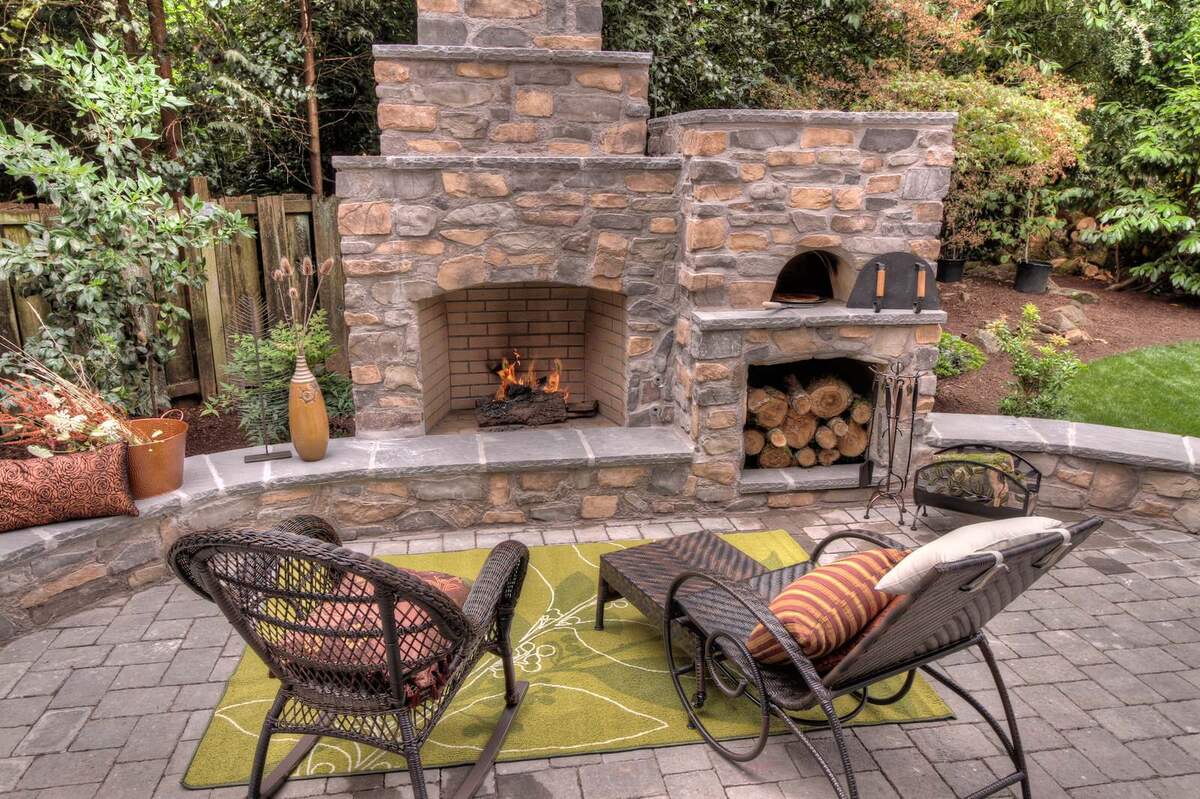
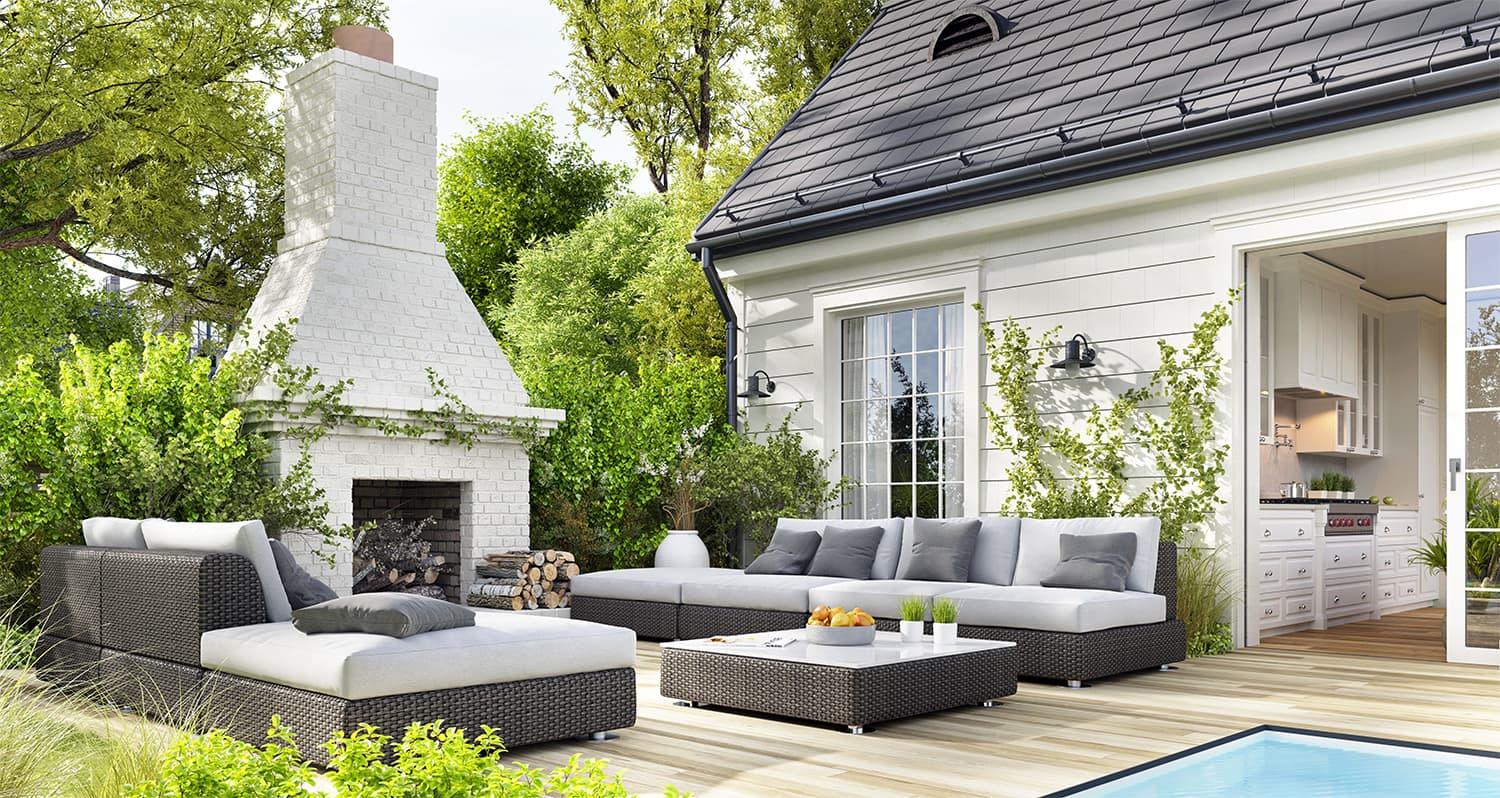
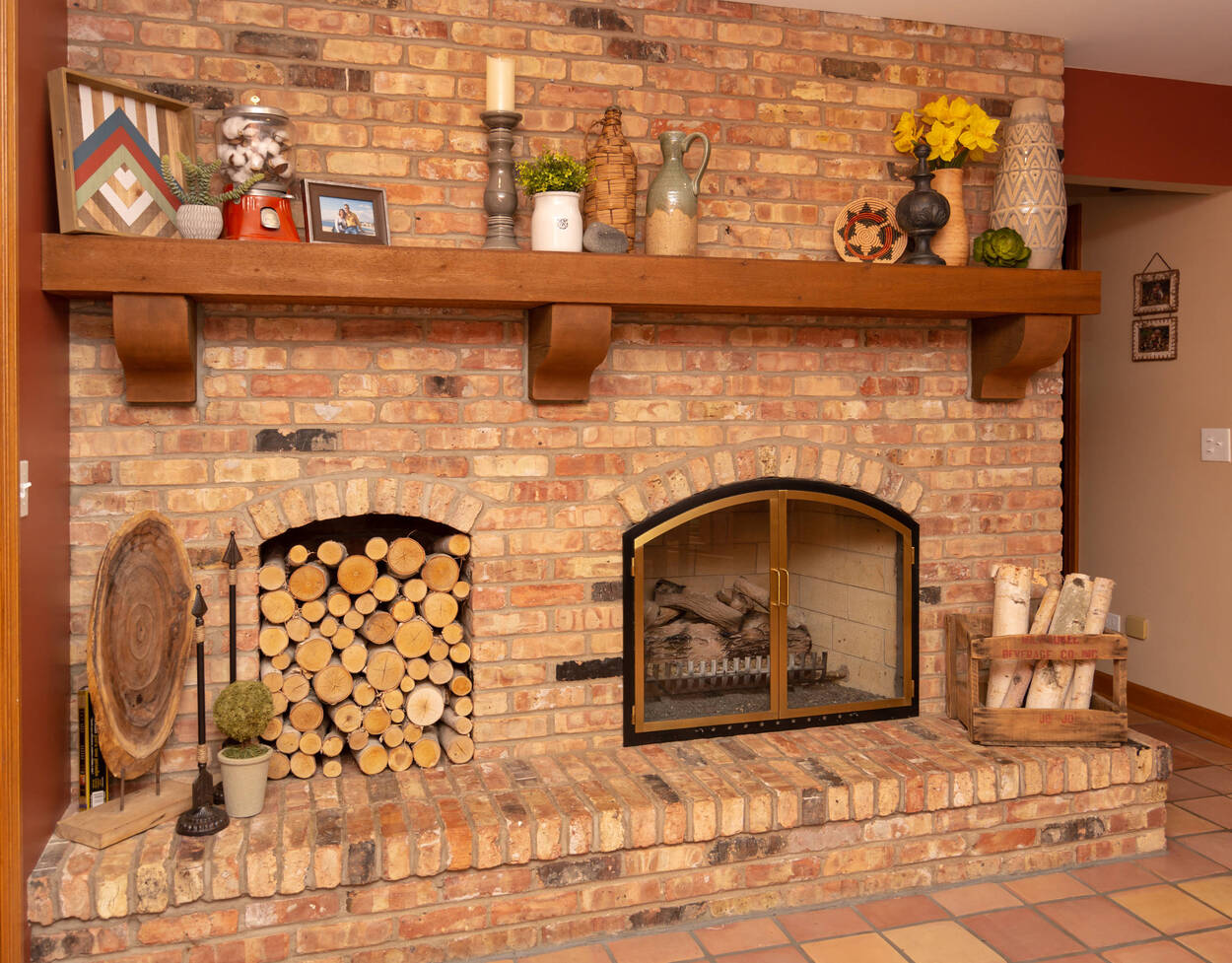
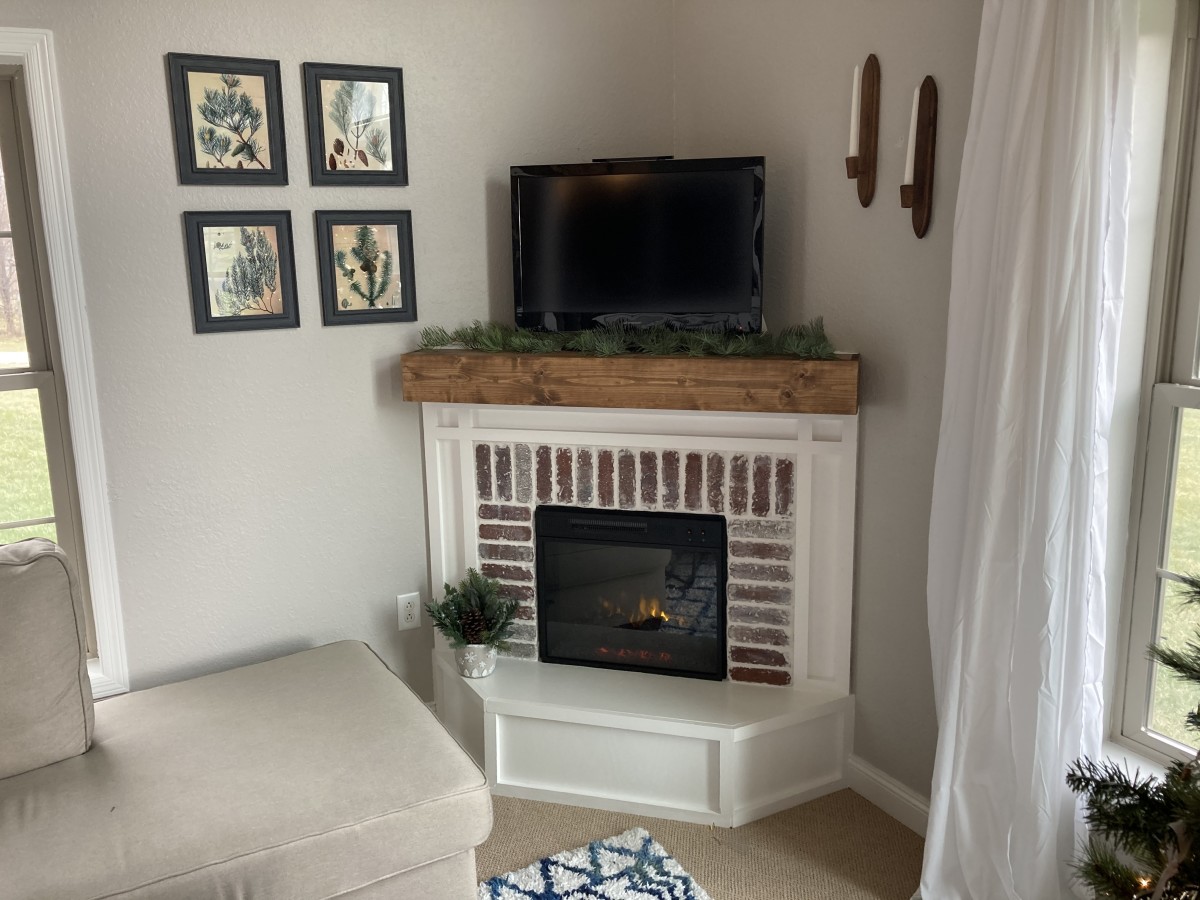
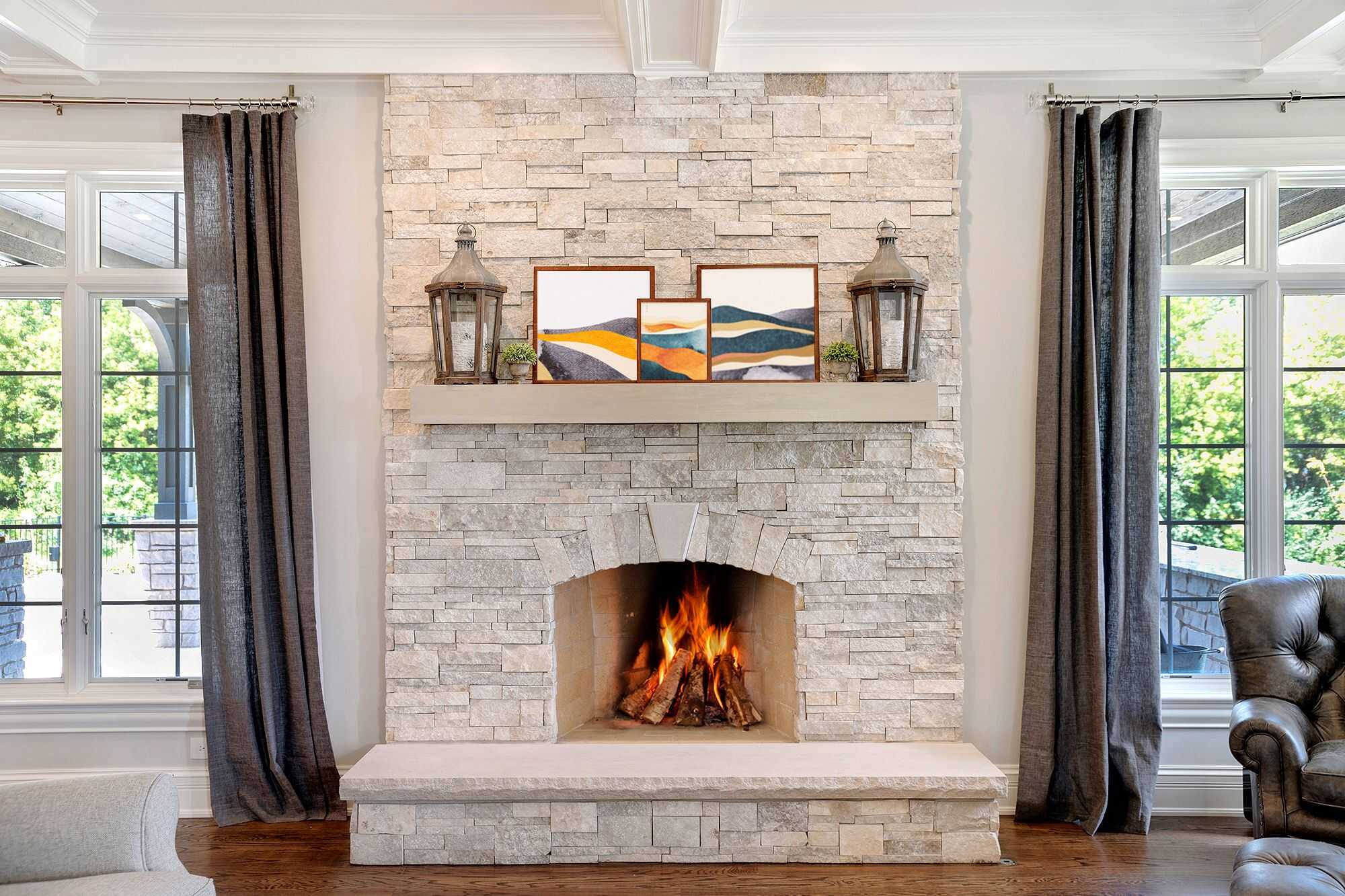
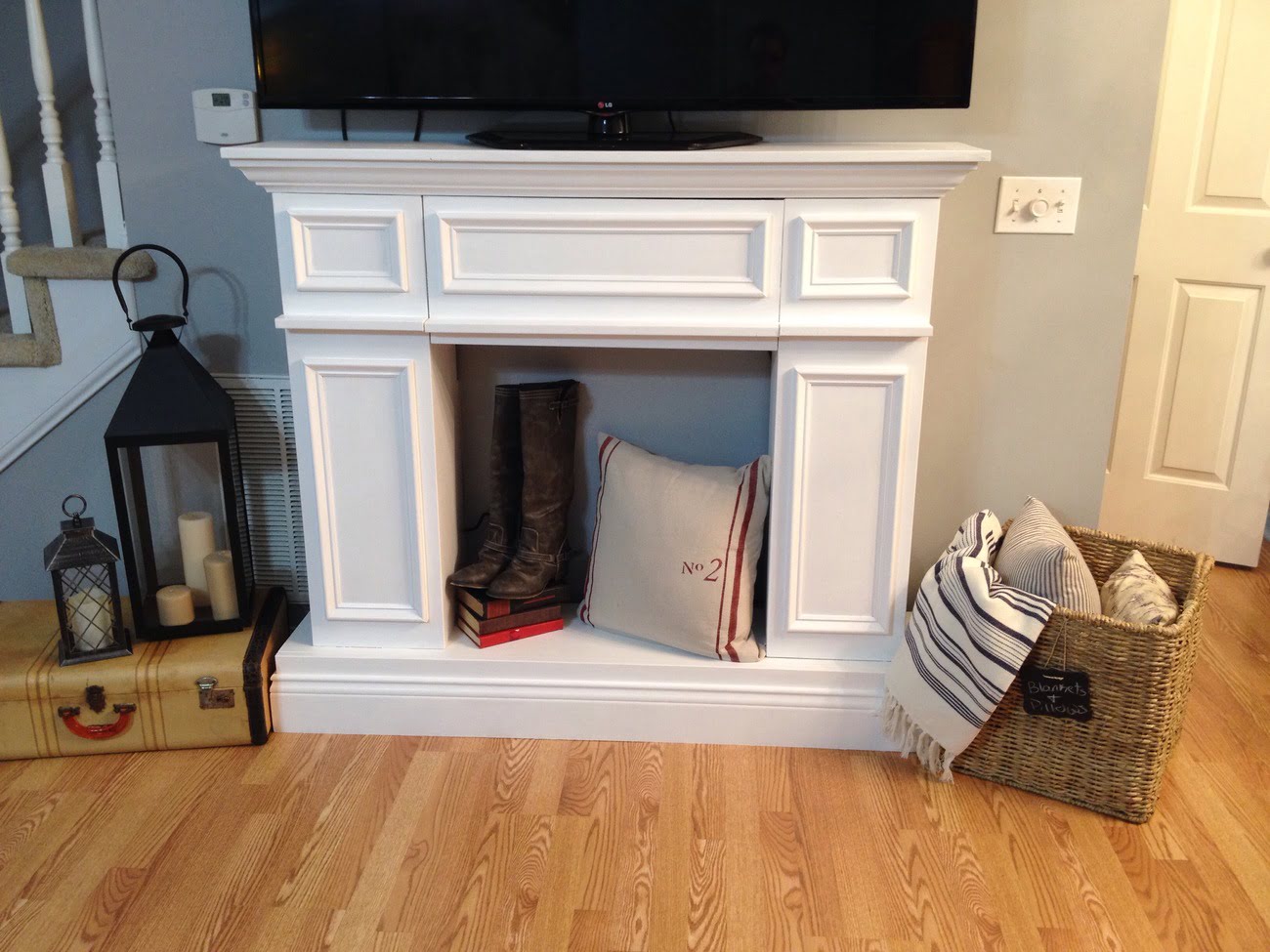
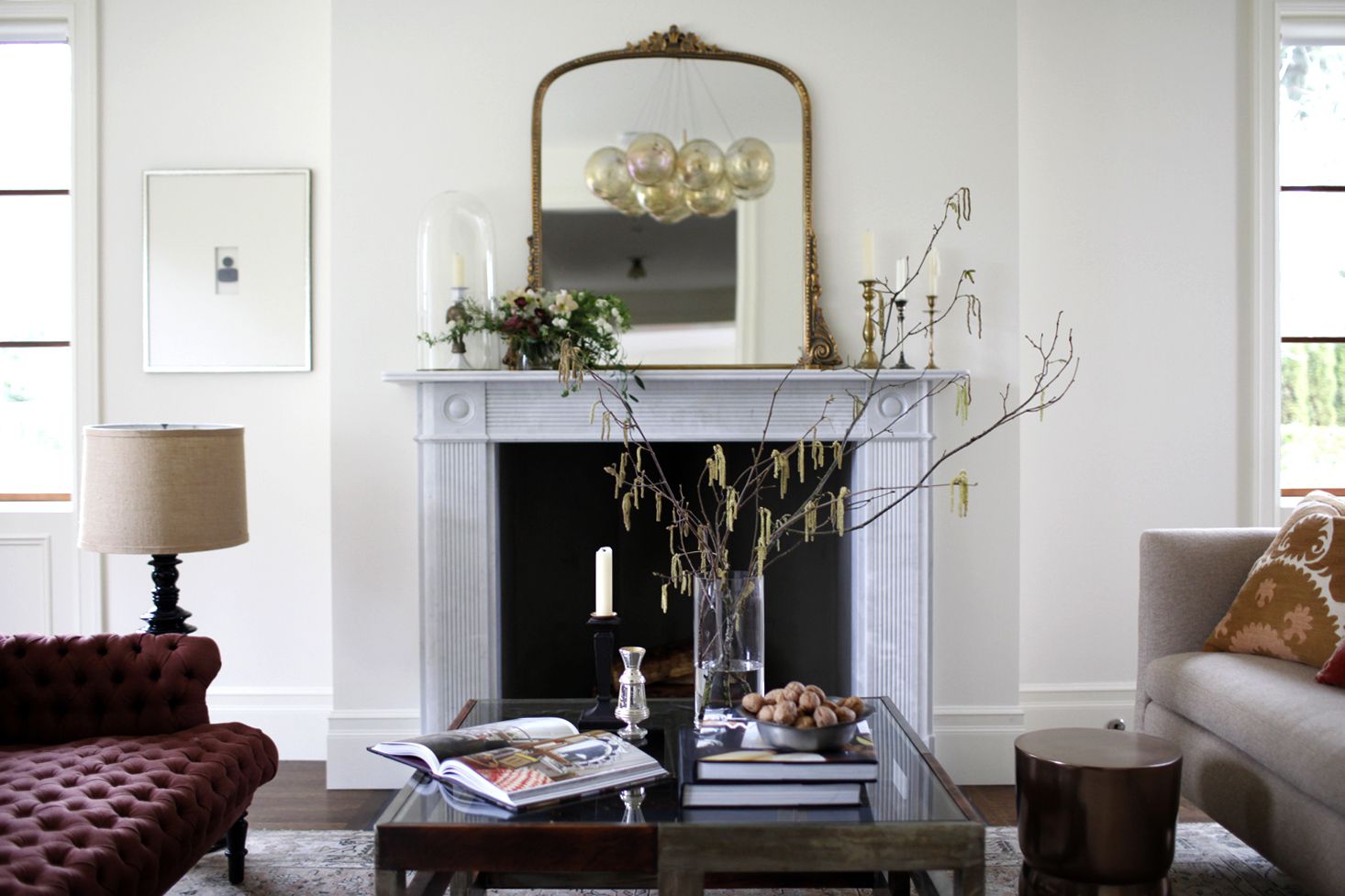
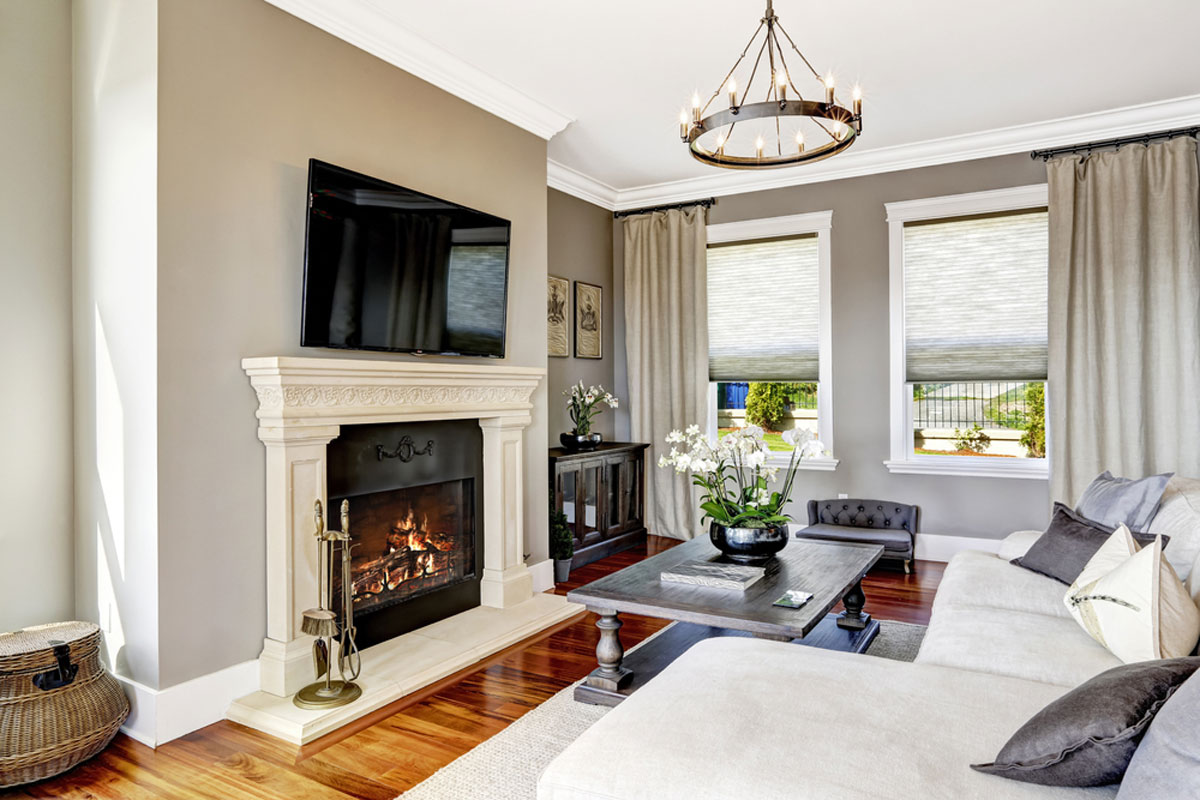

0 thoughts on “How To Build An Outdoor Fireplace”